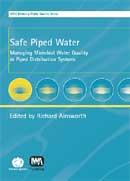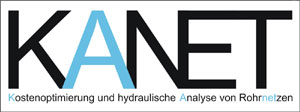The following information was received from ATMOS International:
ATMOS LSIM is a modern pipeline simulation software that calculates liquid flow, pressure, density, temperature and other variables under steady state, transient and shut-in conditions. Using a fully graphical configuration tool, LSIM models pipes, valves, tanks, filters, heat exchangers, leaks, supply and delivery points.
Complex control mechanisms can be implemented for pumps and valves based on PID (Proportional-Integral-Derivative) and logic controllers.
LSIM is fully OPC (OLE for Process Control) compliant, making it possible to synchronise an off-line simulator with a real-time system. The simulation boundary condition could be a fixed value, a user-defined profile or an OPC tag from a SCADA system. All model calculated values can be saved in a database, trended graphically and output to a SCADA or other computer
systems using OPC.
LSIM simulates dynamic flow of single liquid, batched fluids, mixed fluids and vapour pockets. For the simulation of batched fluids, batch interface volume can be calculated together with the interface position and length.
With a configurable grid length from 0.5 meter to tens of kilometers, LSIM is accurate enough for detailed surge analysis and fast enough for operational scenario analysis and planning.

More information can be found at ATMOS International web site.





